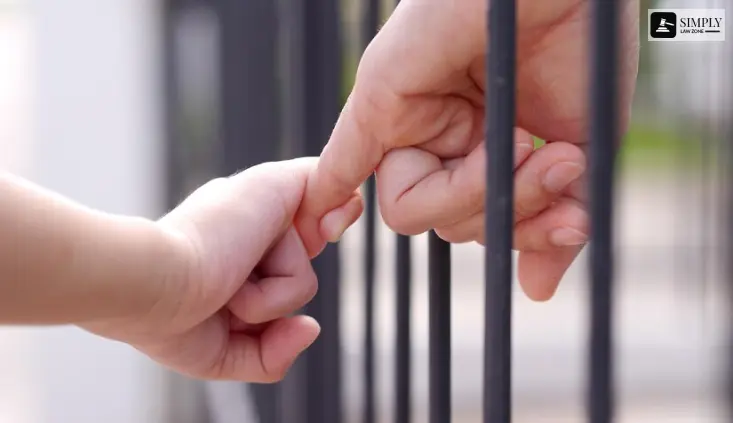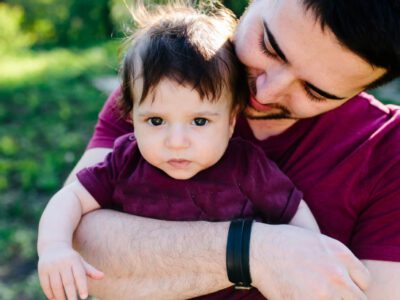
If you have spent time thinking about foster adoption, you might have a lot of questions in your mind. There is a lot of information related to adoption and foster adoption that you might have to consider. You will also be required to consider the various aspects that are associated with foster adoption.
To effectively guide you through the process of foster adoption, we have created this article as an overview of foster adoption and its various aspects.
What Is Foster Adoption?

Let us start with the definition of foster adoption. What is fostering and adoption, to be precise? What does it mean for the term foster adoption? Foster adoption is the adoption of a child in foster care whose biological parents’ rights have been terminated in a court of law.
The child might be adopted by either his or her foster parents or any other adoptive family. Families who want to pursue a straight adoption from foster care do not always have to become foster parents first.
However, there are some states that list becoming an approved foster parent first as one of their eligibility requirements. Families who do become foster parents and later end up adopting are also known to pursue a form of foster parent adoption called “foster to adopt.”
Among the various forms of adoption, the state foster care system is currently the most popular for growing a family in the USA. This is done either through foster parenting or foster care adoption.
Each year more than 400,000 children are in foster care facilities. In the year 2013, 230,000 children left the foster care system, and among them, 21% of them were adopted.
How Does Foster Care Work?

To have a better understanding of US foster adoption, you will need to have information about the aims of the foster care system and the ways children enter the foster care system in the first place.
A child might be removed from their home and placed in a foster home due to his or her parent’s neglect, physical abuse, substance abuse, and many other things. The primary goal for a child entering foster care is to return them to their birth parents when it is safe to do so.
A judge will be presenting the biological parents with a reunification plan, which outlines steps that the parents must take to make the reunification process possible. Along with this, a state worker will assist these parents to follow the plan. If, over a period of time, the biological parents fail to complete the reunification plan, their parental rights become invalid. Thus, the child will be eligible for adoption.
Meanwhile, a permanent family will be the first option for the child, usually beginning with relatives. If no relatives remain available for adoption, the foster family will often have the next opportunity to adopt the child, which is termed as “foster to adopt.”
During this point, if the foster family is not interested or able to adopt, the child shall become a “waiting child,” until a permanent home is found for them. This is when the state will look for families who are interested in adopting from their state foster care system.
What Is The Difference Between Foster Care And Adoption?

Adoption and foster care are two very similar yet different concepts. Here are the differences between foster care and adoption mentioned below:
- If you are wondering about adopting an infant, then you might consider a private domestic adoption. If you want to be adopting an older child, then foster care can be a great option.
- American foster care adoption is the most affordable path of adoption; domestic infant adoption can include agency fees, advertising and matching services, medical fees, and other expenses typically covered in adoption from US foster care system.
- Most domestic infant adoption involve some kind of relationship with the birth parents; in foster care adoption, the amount of ongoing contact with birth parents can vary.
- In a foster care adoption, you will likely find yourself raising a child with a history of abuse, neglect, or attachment issues. This is typically not the case in domestic infant adoption.
People Who Might Consider Foster Adoption
Foster adoption can be a great adoption for the listed kinds of families:
- Parents who are fostering a child who cannot reuinte with his or her birth parents.
- Families who want to adopt regardless of age, race, gender, or special needs.
- Families who want to help a child in need of a home.
- People who would like to adopt but may not have the funds for other adoption methods.
Requirements For Parents To Foster Adoption
Anyone who wants adoption through foster care should check their state’s adoption laws to determine whether they are eligible. If a hopeful parent meets their state’s basic requirements, they must apply for foster care or to become foster parents, leading to completing a home study.
If a family wants to raise a child and provide a loving home, then they will be able to adopt a child. However, there are some requirements that can vary from state to state. Some factors that might determine forest parents’ eligibility are :
- Some states require parents to be of minimum age, while other states require the adoptive or foster family to be a certain number of years older than the foster child.
- Most states allow non-married parents to foster parents and foster adopt a child.
- Most military couples living in the US or abroad are eligible for a US foster care adoption and will follow federal and state adoption laws and processes.
- Fortunately, your sexual orientation and gender identity do not affect your ability to adopt a child. In fact, same-sex couples are given more priority compared to opposite-sex couples in the US.
What Percentage Of Foster Kids Get Adopted In The US?
The adoption rate of foster children in the United States can vary depending on the region and the period. However, over the past twenty years, there has been a gradual increase in the adoption of children from foster care. As of 2021, statistics show that 25% of children who came out of foster care went on to become a part of another family through adoption. Thus, this smarks a significant increase from the figure of 17% in 2000. This increase in adoption rate can happen due to various supportive policies and programs that the government and non-profit organizations have to facilitate and encourage foster care adoption.
One such policy is the Adoption and Safe Families Act, enacted in 1997, which provides funds and incentives for states to find permanent homes for foster children. Additionally, the Fostering Connections to Success and Increasing Adoptions Act of 2008 extended support to older foster children and those with special needs.
Despite the progress made, there is still a long way to go in ensuring that every child in foster care has a permanent and loving home. The remaining 75% of children who left foster care in 2021 still need a forever home. Therefore, continued efforts are crucial in supporting foster care adoption and providing the necessary resources and support to families who choose to adopt from the foster care system.
Is It Free To Adopt From Foster Care In The US?
Adopting foster care in the United States can be more cost-effective than private or international adoptions, but it is not always completely free. The costs associated with adopting from foster care are generally significantly lower than those associated with other adoption avenues. Here are some key points to consider:
Public Agencies and Nonprofit Organizations: Many adoptions from foster care happen through public agencies or nonprofit organizations. These entities often work to minimize costs for adoptive parents.
Subsidies: In some cases, families adopting from foster care may receive financial assistance. Or adoption subsidies to help cover expenses related to the adoption process. These subsidies can include assistance with legal fees, court costs, and other adoption-related expenses.
Tax Credits: Adoptive parents in the U.S. may be eligible for federal. And, in some cases, state tax credits to help offset adoption-related expenses.
Grants and Financial Assistance: Some organizations and foundations offer grants or financial assistance to families adopting from foster care. These resources can help alleviate costs associated with the adoption process.
Home Study Fees and Legal Costs: While many expenses may not be as much, there can still be some costs, such as home study fees and legal expenses. However, these costs are generally lower than those associated with private or international adoptions.
It’s essential for prospective adoptive parents to research and understand the specific policies and financial aspects associated with adoption from foster care in their state. Additionally, working with adoption agencies and organizations that specialize in foster care adoption is vital. They can provide valuable information and support throughout the process.
Final Thoughts
Now, you are clear about the concept of foster adoption in comparison to other kinds of adoption in the US. If you are someone who is seeking to adopt an older child irrespective of their gender, race, or other factors. Then, foster adoption is the best way to grow your family.
We think you should take advice from a good & experienced adoption lawyer for going through the foster adoption process.
Read More:


